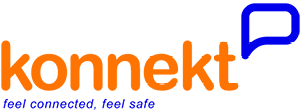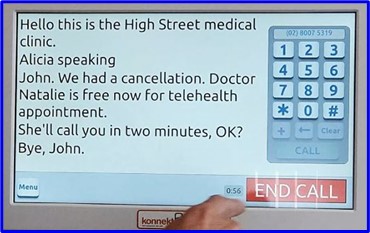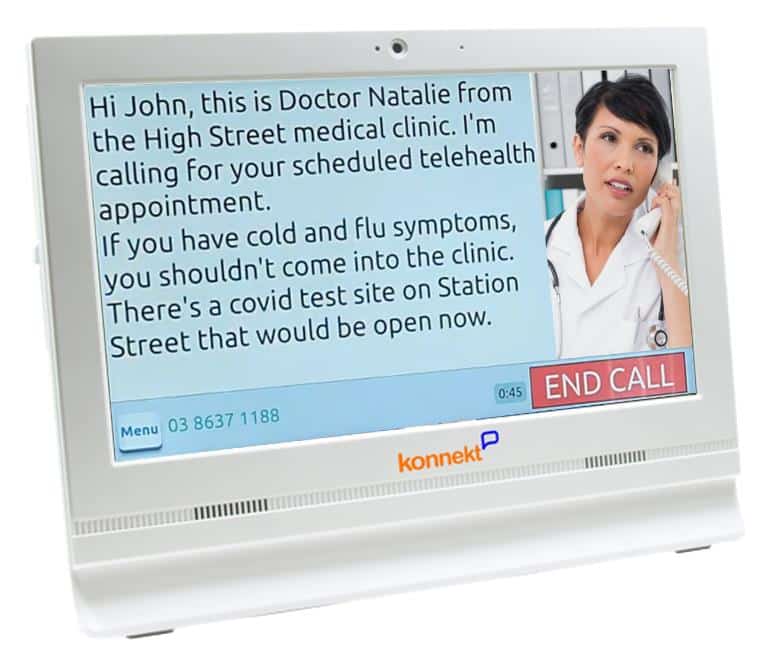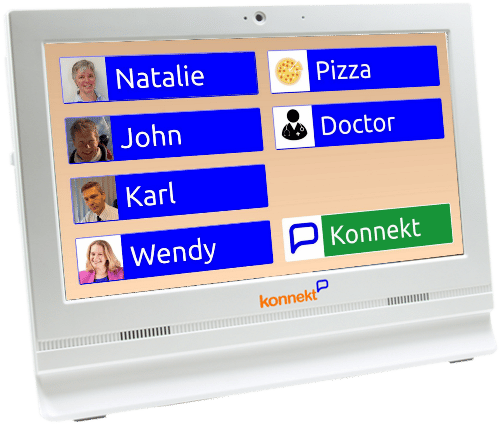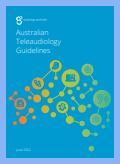Written by John Nakulski, Jul 2022:
Audiology Industry Launches Telehealth Guidelines
World-First Publication Recommends Captioned Video Phone Consultations.
A premier industry body for hearing professionals has just published guidelines to assist Audiologists and Audiometrists to perform remote consultations.
A free online event on 27 July 2022 launched the new document to the public, outlined its content and purpose, and educated health practitioners and interested observers on how it supports the growing trend in remote patient care.
